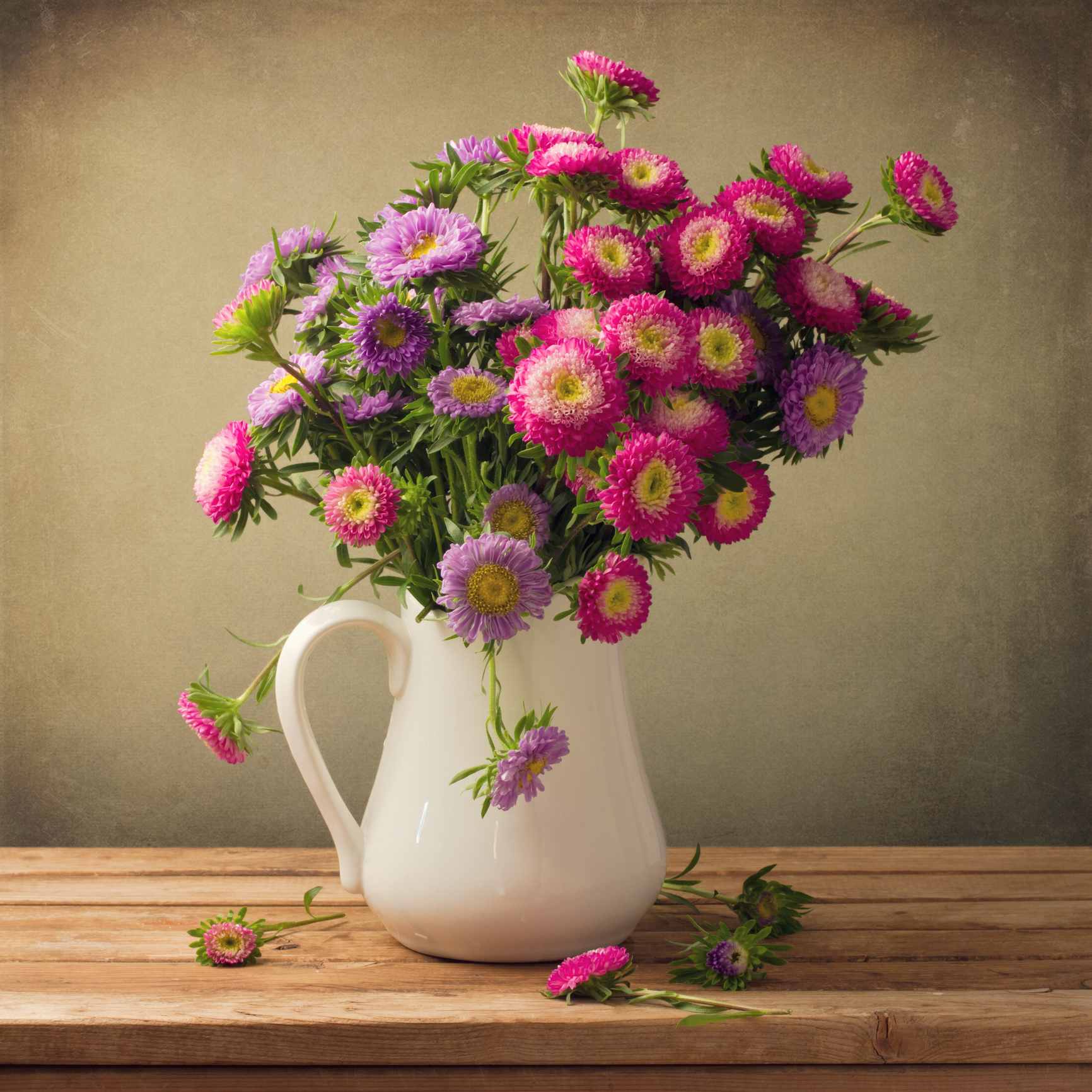Tips for Seeding Flowers and Making Gorgeous Arrangements
Growing your own flowers from seed in your garden is rewarding. Seeding flowers in Southern California can be especially exciting. It’s fun to watch the seedlings grow and then enjoy flowers bursting into bloom under our sunny skies.
If you want to elevate the experience even further, create bouquets from your Southern California flower garden. Gorgeous combinations such as zinnia, dahlia, aster and cleome create stunning bouquets harvested straight from your garden. The bouquet possibilities are endless.
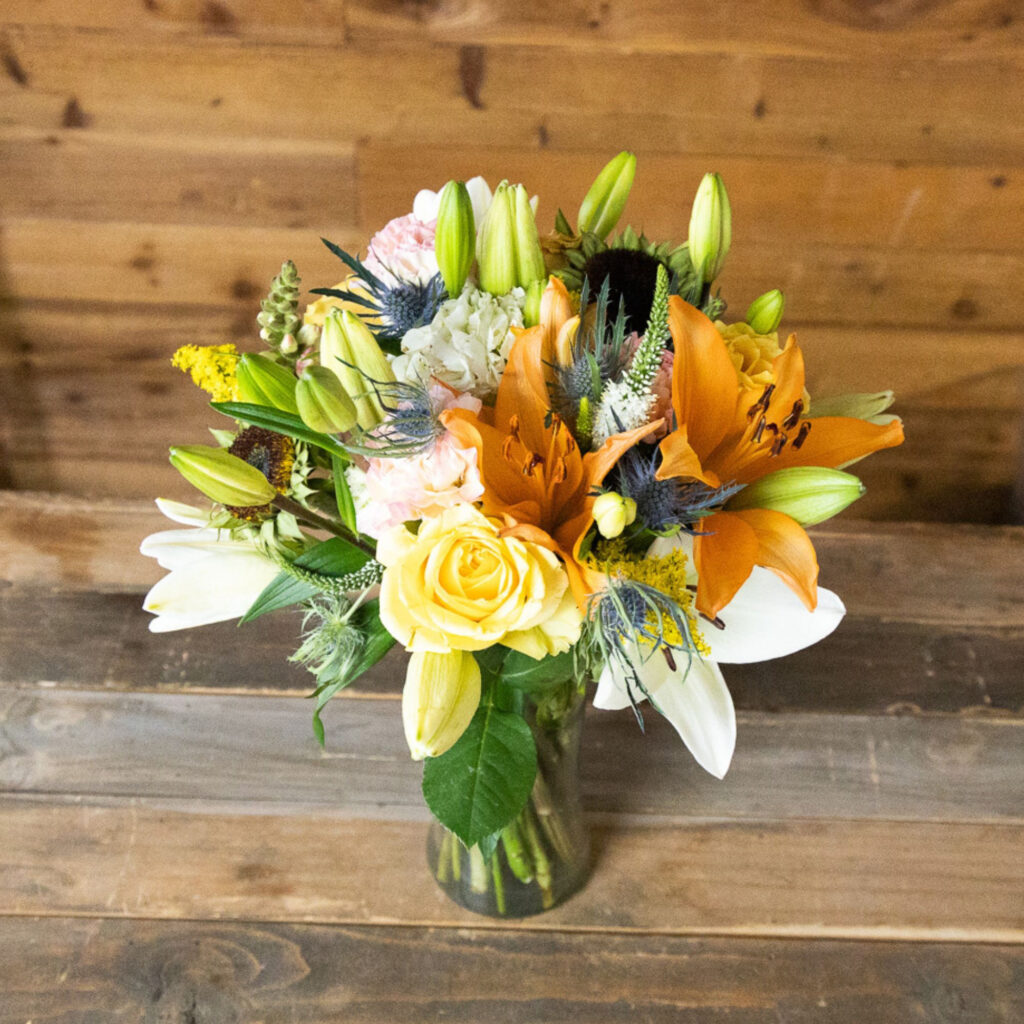
Benefits of Seeding Flowers
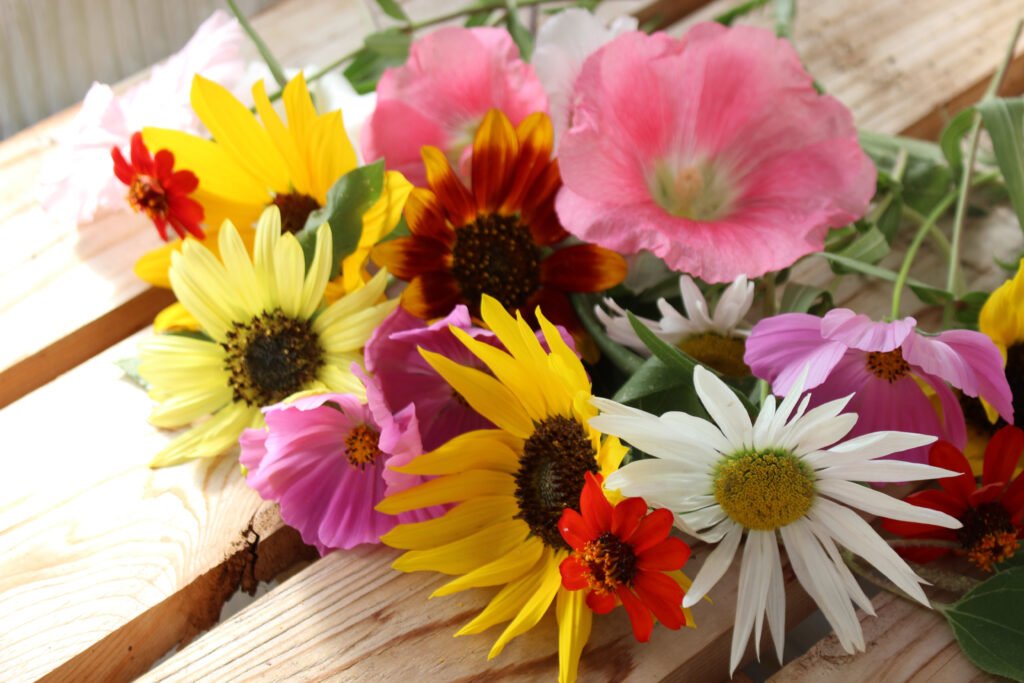
With seeding flowers, you have the opportunity to create your very own eye-catching, unique bouquets, says Ashleigh Smith, managing editor of True Leaf Market, an independent non-GMO seed company that curates premium seed brands, including oodles of flower garden seeds.
“If you don’t grow your own flowers from seed, you’re limited by what your grocery stores or local floral contacts are able to get from their suppliers,” says Smith. “Stores will usually carry the same old flowers with which people are familiar.”
Even if you buy already growing flowers from the nursery, your choices are limited. You’ll be lucky to have your pick of a dozen or so flowers that work well for bouquets.
When seeding flowers, you can choose from a wide array of flowering plants ideal for cutting and using for floral design, says Smith. “Plus, you get the benefit of harvesting them fresh, fragrant and healthy. I especially love being able to see the entire process of a flower growing from seed to creating my own designs with them.”
If you have an entire flower patch to choose from, there is no shortage of beautiful blooms to fill your home all season long.
Flowers Elevate Your Mood
You likely feel happy when you see blooms in your garden, but did you know that bringing those flowers indoors into your living space can help reduce stress levels, elevate mood and improve memory and healing?
“Flowers are often given as gifts for more than their pretty looks,” says Smith. “Flowers cause a physical response affecting our emotions and the tension within the body.”

According to a behavioral research study conducted at Rutgers University, “The Emotional Impact of Flowers,” flowers trigger immediate and long-term positive feelings. The study found that flowers have an immediate impact on happiness, as well as a long-term positive effect on mood. Study participants were said to have felt less depressed, anxious and agitated following receiving flowers, and instead were delighted and grateful.
Sustainable Cut Flower Choices
In addition to inspiring creativity and beautifying your home, growing your own cut flowers from seed is also better for the environment.
“There is so much effort and money that goes into preserving mass produced cut flowers so they can be transported,” says Smith. “Growing your own flowers or purchasing from a local grower is the best cost-effective option, and it leaves the smallest environmental footprint.”
Cut Flower Bouquets for Your SoCal Garden
The following flower combinations make for gorgeous cut flower bouquets. All these flowers grow well in the SoCal Garden.
Armeria/Angelonia/Scabiosa Bouquet
This dynamic trio makes for an eye-catching combination. Commonly known as Sea Thrift, Armeria maritima grows well along the coast, as well as inland. The pert, ruffled, pink flowers sit atop green stems. Combine with Angelonia angustifolia, with its flower spikes in a variety of colors, including violets and whites, and then add in scabiosa with its pastel blooms in pink, lavender and ivory, and you have a stunning bouquet.
Scabiosa and Angelonia do well in dry gardens. For filler, add some bacopa, which will tie things together, including the colors.
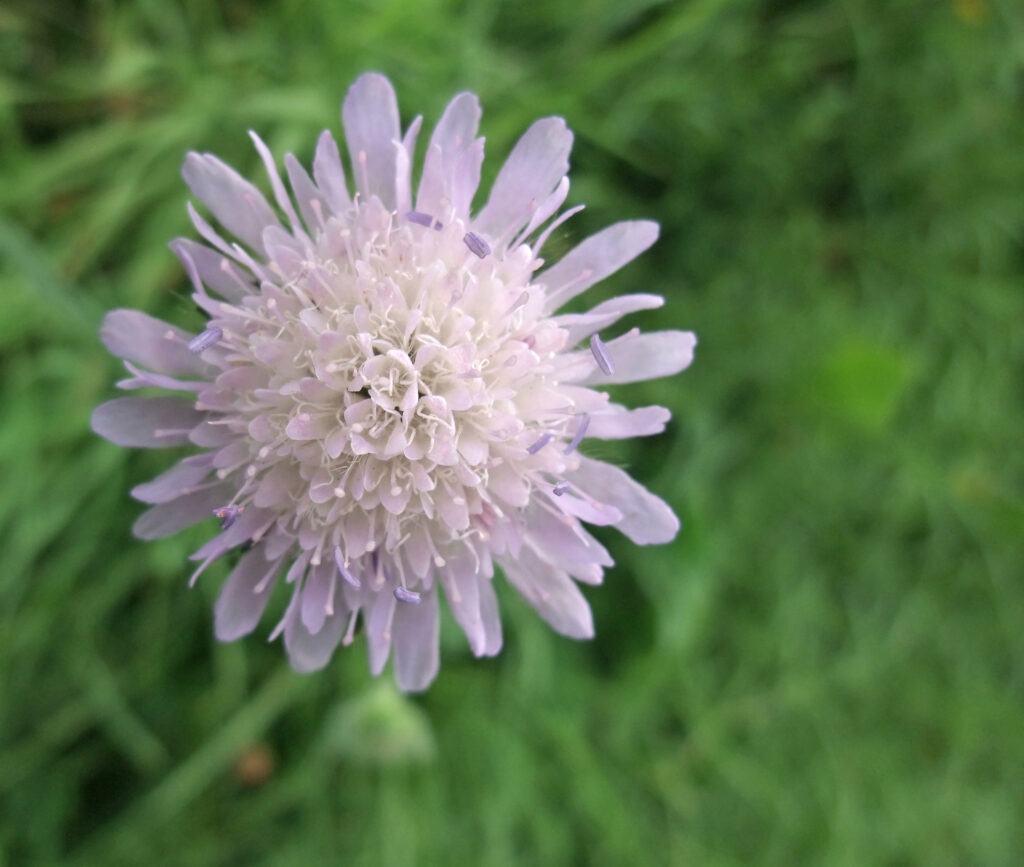
Sunflower/Gazania/Calendula Bouquet
In sunny SoCal, no cut flower garden is complete without sunflowers. You’ll find a wide variety of sunflower varieties with smaller buds perfect for cut flower arrangements.
Combine sunflowers with vibrant gazania, with its orange and yellow blooms, offset by bright orange calendula, and you have a colorful, cheery bouquet sure to get attention. All these flowers thrive when our Southern California weather is sunny and warm.
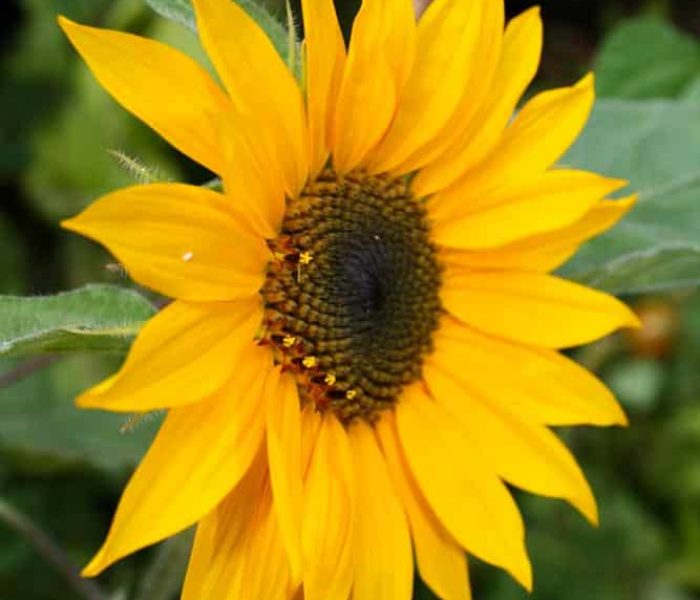
Zinnia/Dahlia/Aster/Cleome Bouquet
For a bright and cheery floral bouquet sure to dazzle, combine bright-faced zinnias with dahlia, aster and cleome. Zinnias come in a wide variety of vibrant colors and look great with equally showy asters and dahlias, offset by the unusual spiderlike blooms of cleome. All these flowers thrive during our long, hot summers. For even more pizazz, add baby’s breath or bacopa as a filler.
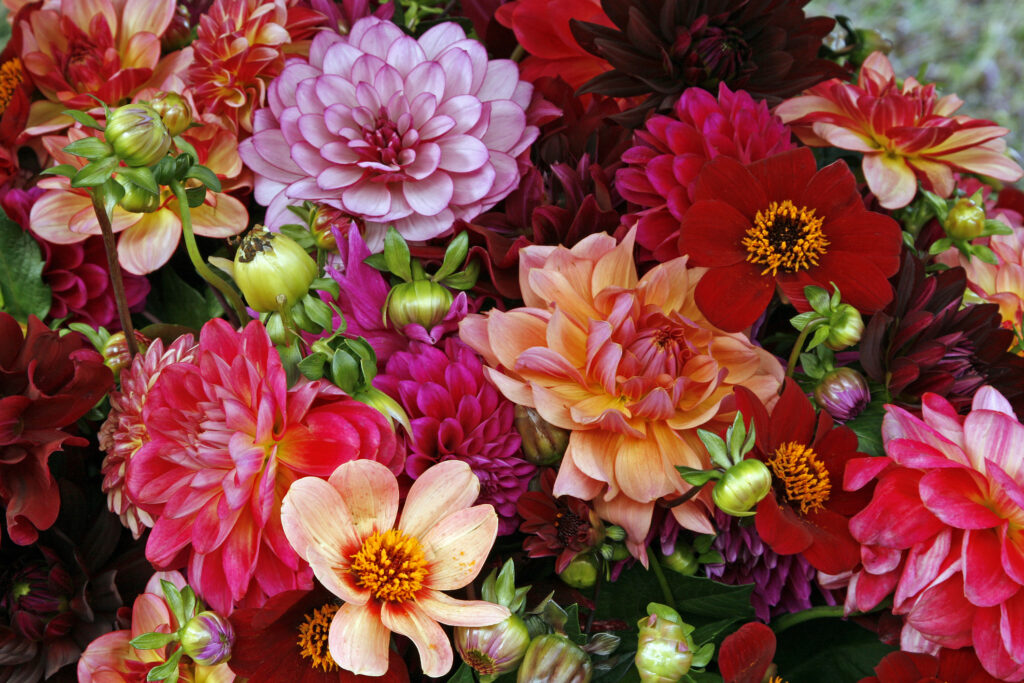
Tips for Choosing Cut Flowers for Bouquets
Growing flowers intended for use in floral designs requires some extra considerations.
“Not all flowers have great stems to support flowers after being cut,” says Smith. “Generally, a good cut flower will have tall, sturdy stems able to deliver the necessary water and nutrients to the cut flower for several days without becoming limp. Flowers with smaller stems or more fragile flower structures may also be used for floral bouquets and designs but will only last a day or two.”
In addition to stem length and strength, you want to plan for complementary color combinations, notes Smith.
“I like growing an assortment of colors and some white varieties that will give me plenty of options for pairing different or like colors. Their blooming habit is also an important consideration for creating beautiful and balanced floral designs.”
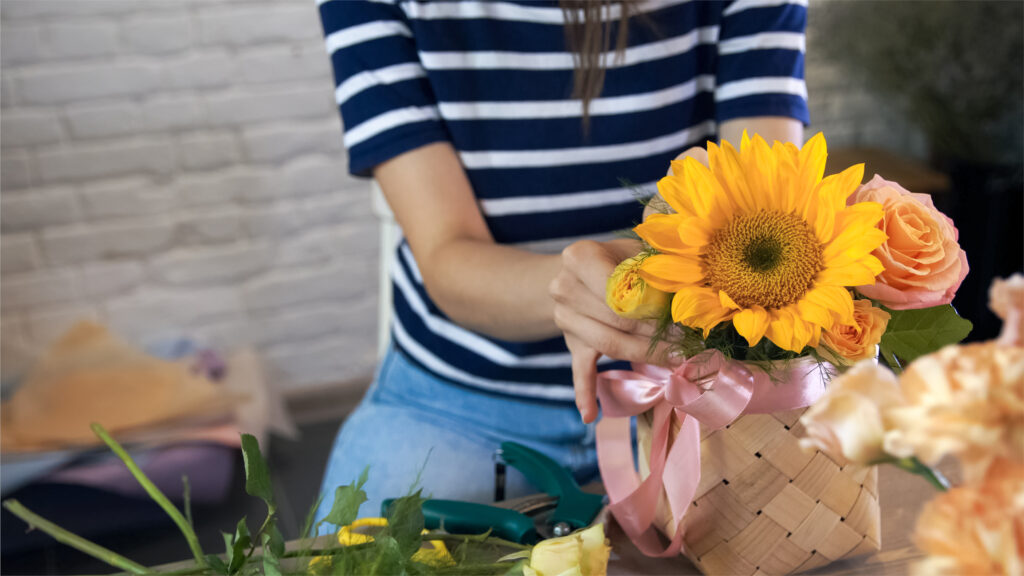
Floral Design Elements to Consider
Most floral designs are created using a combination of focal, line, mass and filler flowers, explains Smith.
- Focal flowers are showy blooms that attract people to a design—like zinnia.
- Line flowers usually have a distinct vertical habit, whether with straight and tall stems or the flower structure itself—like cleome. (Other flowers can be combined and supported to create a line effect within a design.)
- Mass flowers are usually full blooms that don’t demand the same attention as focal flowers—like asters. They are ideal for adding substance to a design by being complimentary without being the main star of the show.
- Filler flowers are meant to complete a design by filling gaps after the other flowers and greenery have been placed—like bacopa and baby’s breath. These blooms are typically very small and dainty in appearance but can really complete a design.
Plan Ahead When Seeding Flowers
Some flowers require a long germination period when seeding flowers—for instance 8-14 weeks before being ready to transplant in the garden. Familiarize yourself with the flowers you plan on growing this spring and summer and start planting indoors now.
“Because not all flowers bloom at the same time, you will want to create seasonal plans for combinations that bloom in the spring, summer and fall when flower gardening,” advises Smith.
“You can plan for your flowers to bloom at the same time by growing varieties that bloom in the proper season together and plan each step of the growing process ahead of time,” she says. “Schedule their seed starting and transplant dates by using the days to maturity and counting backward from your desired harvest time.”

